Australia has remained Neoen’s number one market through the first nine months of 2019. Xavier Barbaro, Neoen Chairman and CEO Xavier Barbaro, made particular reference to the commissioning of Victoria’s 128 MWp Numurkah solar power plant in the third quarter “living up to expectations.” The Numurkah project, one of two solar farms generating renewable energy to offset the entire Melbourne tram network, represents almost half of Neoen’s increase in global operational capacity since the end of 2018, and in turn, makes up a significant portion of the 69% solar revenue increase Neoen is enjoying.
The increase more than made up for a slight drop in the company’s wind load factor comparative to 2018 “as a result of highly unfavourable wind conditions in Australia during the third quarter.” Solar is the leading contributor to Neoen’s consolidated revenue, and Australia itself remains Neoen’s largest revenue contributor.
As of end-September 2019, Neoen had 1.1 GW of assets in operation or under construction around Australia, a mark which puts Neoen at the top of Australia’s independent renewable energy producers.
Neoen’s Australian Investment
Neoen has been particularly active in Australia, a market the French developer identified as ripe for utility-scale PV investment. In 2018 Neoen commissioned five utility-scale PV farms, all in New South Wales, with a combined capacity of just over 250 MW (AC). In 2019, Neoen commissioned a further 100 MW of PV (the Numurkah project) and also tops the list of lithium-ion battery developers and ranks within the top 10 wind developers as well.

This investment is not even to mention Neoen’s energy storage projects, including the world’s largest lithium-ion battery, the 100 MW/129 MWh Hornsdale battery in South Australia, often referred to as ‘Tesla’s Big Battery’, or Neoen’s proposed hybrid power plant, also in South Australia.
Neoen reported €13.7 million in storage revenue so ar in 2019, provided mainly through the sale of network services (FCAS) and arbitrage activities. However, it should be noted that 2018 figures were warped by an extremely strong 4th quarter in which Australia had very favourable conditions.
The potentially massive Goyder South Project features 1200 MW of wind, 600 MW of solar and 900 MW of battery storage. The feasibility of this megaproject depends heavily on whether the South Australia-New South Wales Interconnector can be successfully constructed. Project Energy Connect (PEC), led by ElectraNet and TransGrid, is a 900km, 330kV above-ground interconnector proposed to run between Robertson, SA and Wagga Wagga, NSW. Construction is expected to begin by mid-2021 with the Environmental Impact Statement (EIS) up for display in the second half of 2020.
PEC has strong political support from both states, and indeed NSW gave the project “critical infrastructure status” in August. Tristan Edis, Director of Analysis and Advisory at Green Energy Markets, told pv magazine Australia has been given a positive cost-benefit assessment from both the network operator and AEMO, though some detractors suggest this cost-benefit analysis depends on the absolution of gas generation in SA, a perhaps unrealistic expectation.
If PEC goes ahead, the feasibility of Neoen’s megaproject would gain a megaboost.
This content is protected by copyright and may not be reused. If you want to cooperate with us and would like to reuse some of our content, please contact: editors@pv-magazine.com.
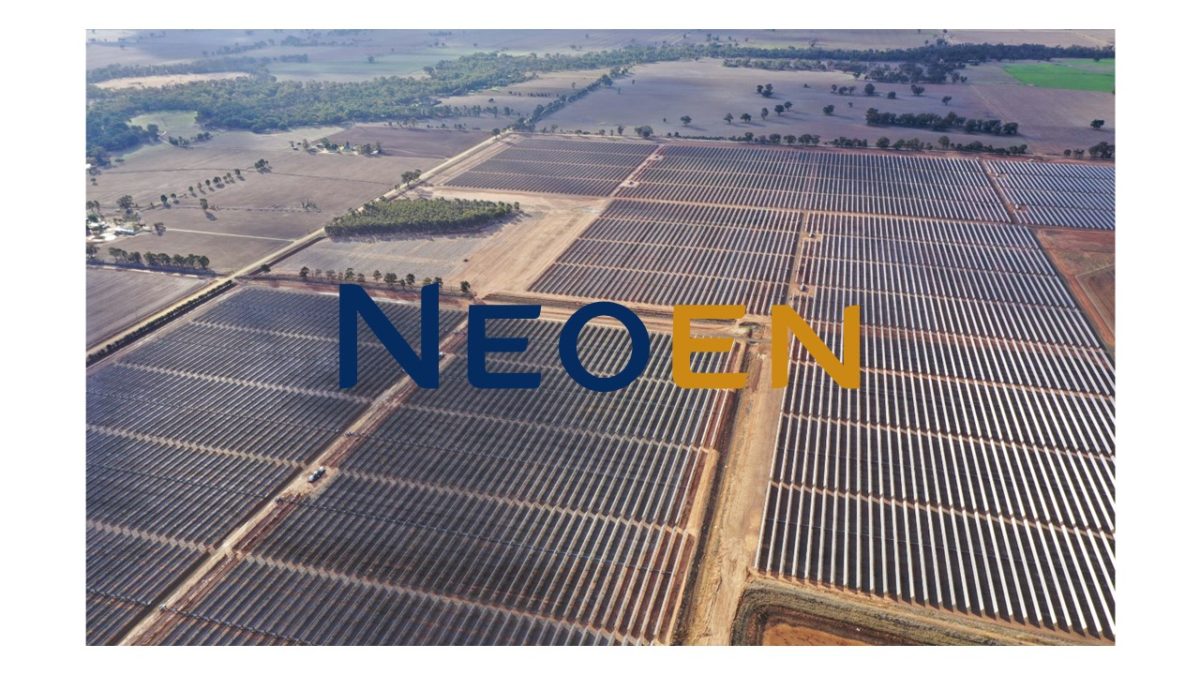
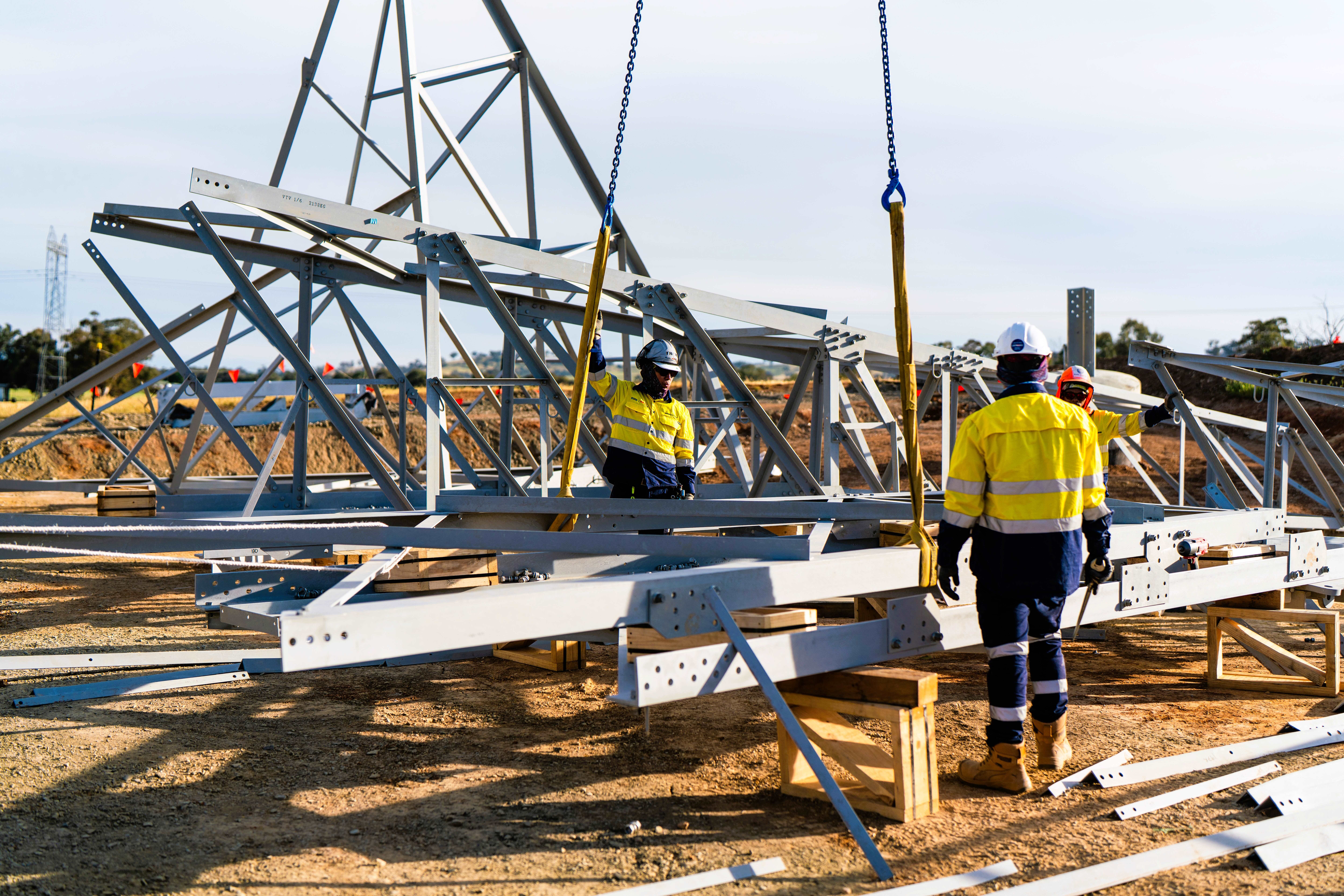


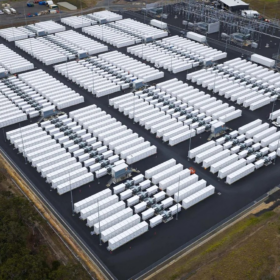
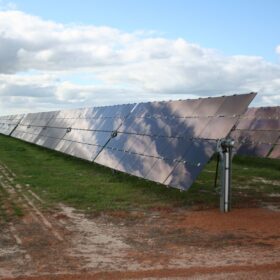
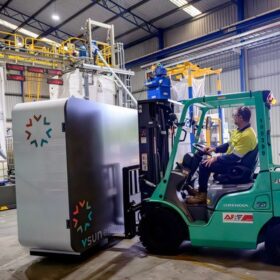
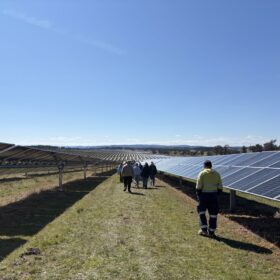
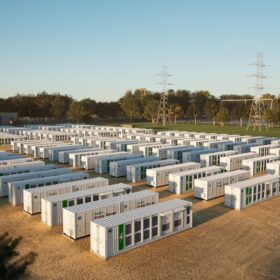
“The potentially massive Goyder South Project features 1200 MW of wind, 600 MW of solar and 900 MW of battery storage.”
There it is, an ‘average’ 1800MW of alternative generation with a 50% energy storage factor in one project. If solar PV keeps dropping in price point per watt, it may become, some solar PV generation with one’s energy storage system. It may one day become ‘proper’ to invert the equation. Say a 250 to 500MW solar PV farm with 2 to 4GW of power storage available.
For me the your problem can solved in different way.
I am seeking for investors / top companies in Europe/USA that invest in energy storage systems.Ι have an new autonomous system patented worldwide EPO,PCT and tested and evaluated from MAN .This system can storage hundreds and hundreds MWh (from RES or every primary energy source)and can discharge all the energy MW in 5 sec. The performance overcame 80% and the life in continuous operation over came the 80 years with annual maintenance 1000 Usd/MW. The system have inertia.
The project application is ready to install everywhere in every size and potentiality. The overall cost of the unit is 1/50 than the battery. If there is serious interesting i can to give further information about the unit.
Mechanical Engineering and Aeronautics Department,